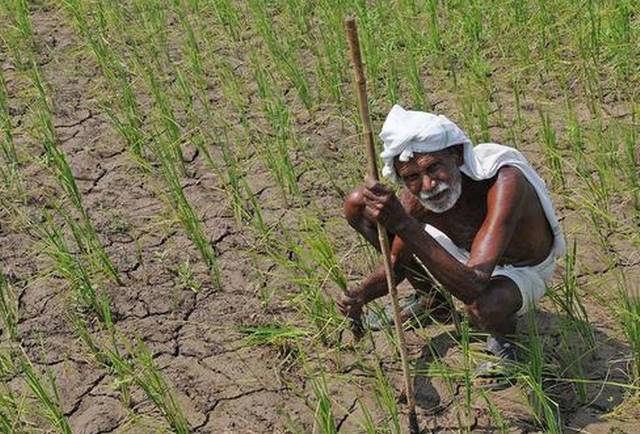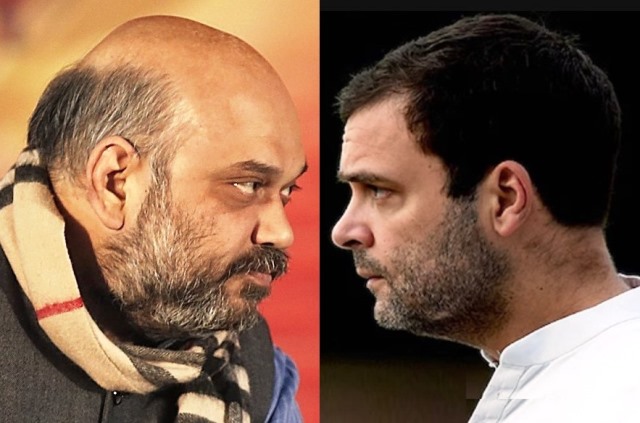
Agriculure In Crisis – 300 Million Landless Labourers
When India became free in 1947, the country’s population was around 340 million. The bulk of the population was involved in agriculture. During the Moghul rule, the land was owned by the emperor and the Jagirdars and Zamindars appointed by the Moghul controlled vast tracts of land for the purpose of collecting the land revenue. The farmers were virtually landless. I have seen these poor exploited souls walk towards the sheds of these landlords like cattle after the day’s toil to sleep for the night and get some rice and daal for food.
During the freedom struggle, a promise had been made that the land will be given to the tiller. The aim was to get rid of feudalism and revive the country’s agricultural economy that had been ruined and could not produce enough food for the nation. Famines were common both during the Moghul and British eras. Nearly three million died during the Bengal famine of 1943
Independent India’s government took quick steps to abolish Zamindari and Jagirdari to distribute land to the landless farmers. Depending upon the availability of land in each area a limit was placed on the maximum that a tiller family could get. The poor farmers were still using ancient techniques in farming that did not bring a good result.
It has taken time to revive agriculture. To the credit of independent India that it fought a threatened famine in Bihar in 1966. I was all over Bihar then and can say with confidence that few millions would have died but for free India. Not a single person died of hunger-of course the food was imported in large quantities from the United States.
Then came the effort to educate the farmers of new practices, new seeds from India’s agricultural research institutes that the country’s first Prime Minister established. India achieved what is known as the green revolution. Today the country feeds a population of 1300 million and its granaries are overflowing with stocks. The country is an exporter of food grains.
However, over the years, with population explosion and subdivision of small holdings of the farmers in the villages upon the death of original landholder the holdings in most cases have become uneconomic and resulted in the creation of landless estimated around 300 million.
The land has passed on into the hands of big rich farmers who bought it from the small farmers for a pittance. The country is once again facing the emergence of new landlords some of whom own village after village, pay no taxes as agricultural income is tax-exempt. These landlords not only own vast chunks of the land but with income-tax-free earnings now run hotels and miscellaneous other businesses. Many of these new feudals are politicians for whom politics is a business of protecting their landholdings.
Where do we go from here? Will the farm laws enacted by the government help the landless and reduce poverty in the countryside or help poor farmers. If one has to go by any other country’s example, then it has to look at the United States of America where small farms have totally disappeared into the hands of Corporates. Do we want that to happen in India? It can happen, after all, India’s corporates will love tax-free income from agriculture.
It is time to talk to the farmers, the landless, the people who know what is happening in rural India if poverty has to be eradicated. The big farmers, rich as they are not happy that the new laws may give them competition from the Corporates. In any case, the rich farmers including Corporate agricultural companies need to be taxed say on income above a certain level. Let it not be forgotten that agriculture was exempted from tax in the past to make it attractive for farmers and others to invest at a time when no one wanted to invest in agriculture.
Corporates in agriculture may pay better wages to the landless or more money to the small farmer for taking his land on contract. Will they? Or will they go for greater mechanical farming reducing the numbers of labourers required America’s agriculture is totally mechanised?
The agitation by the farmers rich or small, whatever, has now run for over four months. There is no end in sight. Farm laws were enacted without consulting the farmers or their unions. It is not just the BJP that is responsible for these laws even the preceding governments had thought of such action.
The way opposition works in the Parliament – shouting slogans, not studying the Bills, with no debate on proposed legislation. These laws which may be seriously defective get passed by a majority because the opposition whose job it is to highlight such defects is usually not there in the House having walked out.
It is time that the Opposition parties seriously consider their role in Parliament. Is it merely to shout slogans, run into the well of the house, walk out and give free hand to the government to get through legislation virtually without any debate or due consideration. The net result people suffer and agitate if a defective law is passed.
To this author, the Farmers agitation has highlighted the crisis in agriculture that the Farm laws fail to address. In the years ahead, with a rising population and hardly any population control measures, the country is only going to witness far greater numbers of landless poor. It is time to consider the solution and face this crisis.
The Prime Minister has promised to double the income of the farmers and the Farm Laws are said to be a step in that direction. Will the Farm laws really do that or just double the income of rich farmers? Time to sort this out in consultation with the farmers big and small. Bring this agitation to an end and find the solution for rural poverty.
(The author of this opinion piece is the chairman of ANI)



